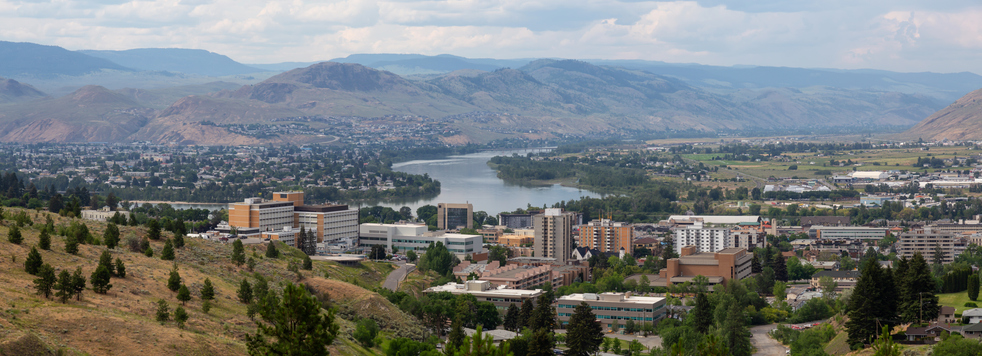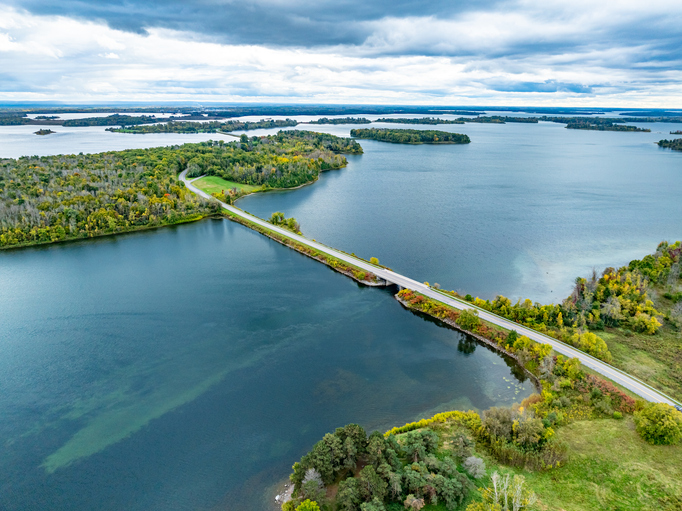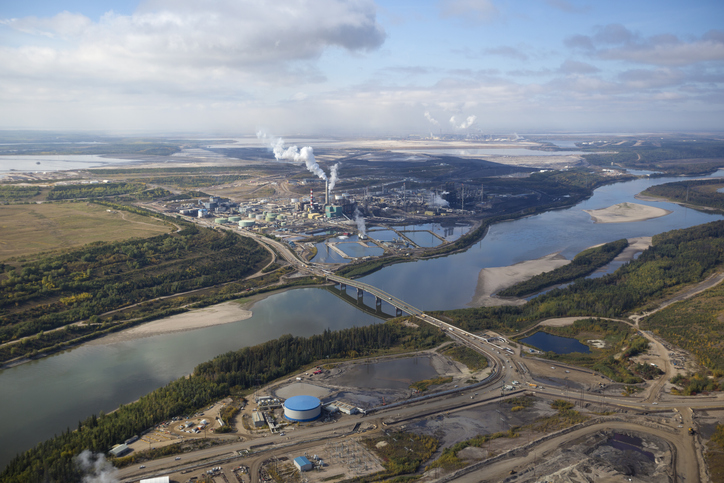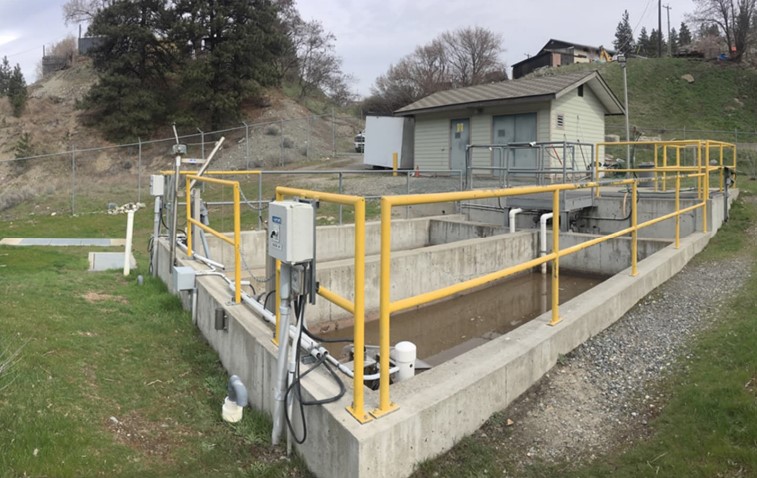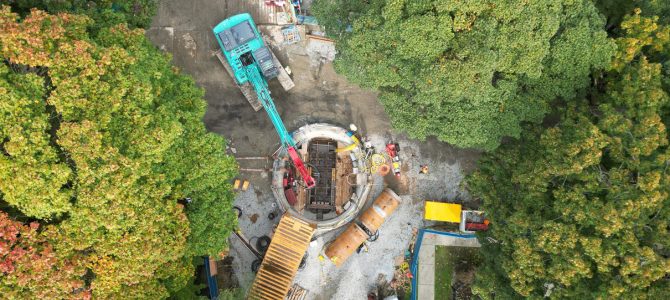The City of Kamloops announced the successful acquisition of more than half a million dollars in grant funding to support essential climate change adaptation work in the Thompson River watershed.
The City received a $400,000 grant through the Disaster Resilience and Innovation Fund to support the development of the Thompson River Watershed Climate Adaptation Plan. This plan will guide the City in adapting to future impacts from climate change and prolonged low-flow conditions, which are becoming increasingly common during summer months. The plan will also integrate previous hazard mapping and technical assessments of key river crossings and intake structures.
An additional $150,000 grant was received through the Disaster Risk Reduction – Climate Adaptation funding stream, as part of the Community Emergency Preparedness Fund, for the Watershed Climate Change Adaptation Study. This project will focus on conducting a detailed examination of declining river levels in the Thompson River watershed and how those changes affect community infrastructure, including the City’s primary and emergency water intakes, effluent outfalls, and multiple water and wastewater mains.
Both funds provide support to First Nations and local governments for projects that will enhance their ability to withstand and adapt to natural hazards and climate-caused disasters.
“Communities throughout BC are experiencing the impacts of climate change,” said Kelly Greene, Minister of Emergency Management and Climate Readiness. “This funding supports Kamloops and Tḱemlúps te Secwépemc as they take proactive steps to protect critical infrastructure and make their community more resilient in the face of increasing climate risks. By investing in forward-looking planning today, we’re helping ensure people and communities are safer and better prepared for tomorrow.”
The City and Tḱemlúps te Secwépemc have observed decreasing river levels in the Thompson Rivers and Kamloops Lake over time. River levels impact our communities’ water supply, flood risk, and habitat, and decreasing river levels could affect the City’s and Tḱemlúps te Secwépemc’s potable water supplies.
“As Secwépemc people, we have always understood that water is life and sustains our people, our lands, our wildlife, and all living things,” said Kúkpi7 Rosanne Casimir, Tḱemlúps te Secwépemc. “The Thompson River is part of our identity and well-being, and we are seeing changes that our Elders have spoken of for years. This collaboration ensures that traditional knowledge and Western science work together to protect our water for future generations. Planning for the health of our watershed today is an act of stewardship and responsibility to those who will come after us.”
Climate-related challenges, such as lower streamflows from July through September, are occurring more frequently. These conditions have made it increasingly difficult to reliably access water, putting essential services at risk. If unaddressed, the impacts could include:
- reduced fire protection capacity
- limited potable, irrigation, industrial, and institutional water services
“The City of Kamloops is incredibly grateful for this funding, which supports proactive planning and the long-term resilience of our critical infrastructure,” said Deputy Mayor Bill Sarai. “As climate change continues to affect our watershed, this investment will ensure we are taking the necessary steps to safeguard our water supply and protect the services more than 100,000 residents depend on every day.”

